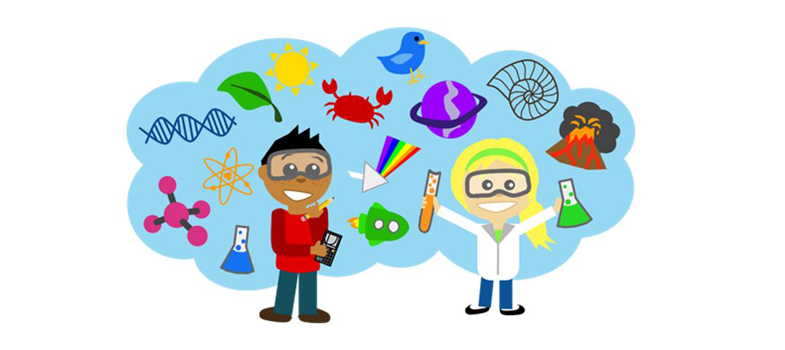1.9 Intersectionality
Intersectionality recognises that people’s identities and social positions are shaped by multiple factors, which create unique experiences and perspectives. These factors include, among others: gender, race, disability, age, sexuality and religion, as well as socioeconomic status, geographic location or postcode and school attended.
For example, someone isn’t a woman and black, or a woman and white, but a black woman or white woman. These different elements of identity form and inform each other. In this example the person’s identity as a woman cannot be separated from their identity as a black or white individual and vice versa. The experience of black women and the barriers they face, will be different to those white women face. The elements of identity cannot be separated because they are not lived or experienced as separate.
In practice, intersectionality is less about bringing two different things/groups together, for example disabled people and people from lower SES backgrounds and more about considering the experience of disabled people from lower SES backgrounds. These are people at the ‘intersection’ of socioeconomic disadvantage and disability.
We can consider intersectionality in the context of STEM education and stereotypes. For example, the Aspires Report notes that:
“The factors which hinder students from developing science aspirations are amplified in the case of Black students, due to the multiple inequalities they face. This means that science aspirations are particularly precarious among these students ...we also found that the likelihood of a student expressing science aspirations is patterned by gender, social class and ethnicity.” (Aspires report [Tip: hold Ctrl and click a link to open it in a new tab. (Hide tip)] )
In thinking through how you can identify and challenge stereotypes in your classroom, it’s important to think about how we talk about who science is for. This isn’t just about gender, but making sure we are not perpetuating stereotypes about other groups, such as different ethnicities or about socio-economic status. The key message is science should be for everyone.
Activity 14 Quiz 1
You can now try Quiz 1.
Activity 15
Now you’ve completed section 1 take a few minutes to think about what you’ve learnt and what questions and ideas you would like to share with your study group.
Looking back over this section:
What, if anything, surprised you?
What did you learn that was new to you?
What part of the text would you like to discuss further with colleagues in your study group? Note a few questions in your learning log for discussion with your study group.
1.8 Stereotypes contribute to barriers to participation

